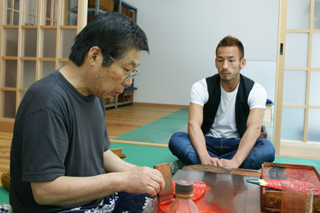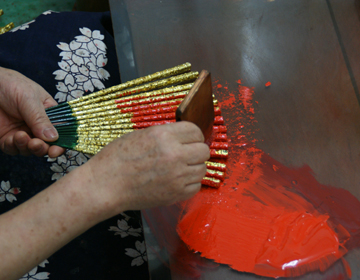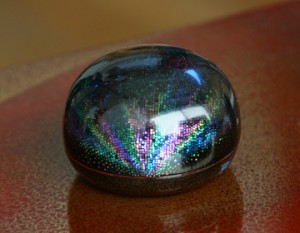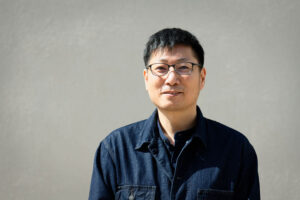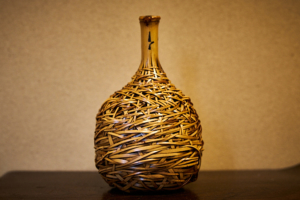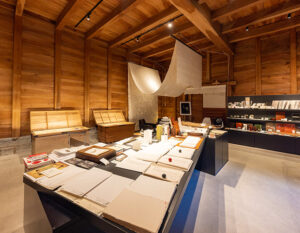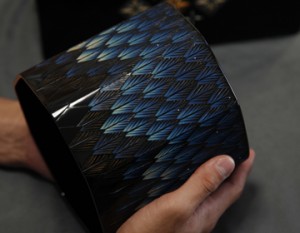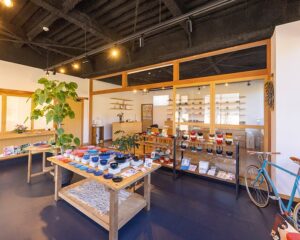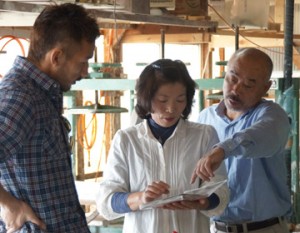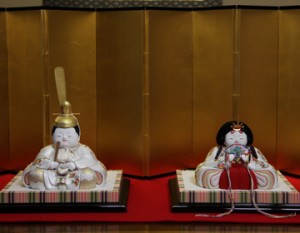“Wakasa-nuri” chopsticks are full of the beauty of lacquer
Developed in the early Edo period, ”Wakasa-nuri” chopsticks were loved by court nobles, samurais and wealthy merchants for their splendid beauty. Seashells and eggshells are embedded into chopsticks and sprinkled with gold gilt to make patterns, then coated with layers of lacquer and polished with a stone or ink to complete the gem. Unlike ”makie” which is patterned on coated lacquer, the chopsticks from Wakasa involve making a pattern before layering lacquer over it. The beauty of the chopsticks remain for many years, and are also valuable as a work of art.
Obama-shi, Fukui is the largest producer of lacquered chopsticks in Japan. Reportedly manufacturing nearly 100 million chopsticks every year, Obama enjoys more than 80% of the nationwide market. Despite this figure, Obama currently has a serious shortage of craftsmen capable of making traditional ”Wakasa-nuri” chopsticks. Only a few of the local workshops make the chopsticks today.
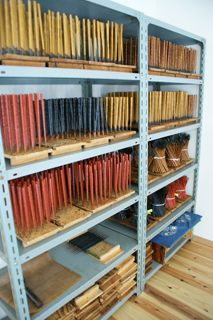
Requiring a lot of time
Masahiro Furui, whom we interviewed, is one of the very few certified traditional craftsmen. He became an apprentice with Kozo Hyoda, a leading Wakasa-nuri chopstick craftsman, and has continued making chopsticks for 50 years.
Completing a pair of chopsticks takes a long time, nearly four months. Since only 100 to 300 chopsticks can be manufactured at once, only about 2000 chopsticks can be manufactured per month. This is why chopsticks from Wakasa are rare and valuable.
Sophisticated and gorgeous, ”Wakasa-nuri” chopsticks are also perfect for adding some glitz to a meal. In Japan, the taste of a meal should also be enjoyed visually. Why not add a bit of glamour to your usual dining table?
